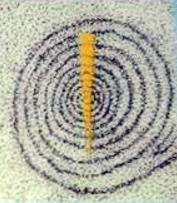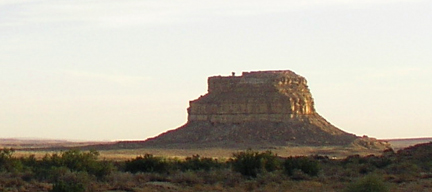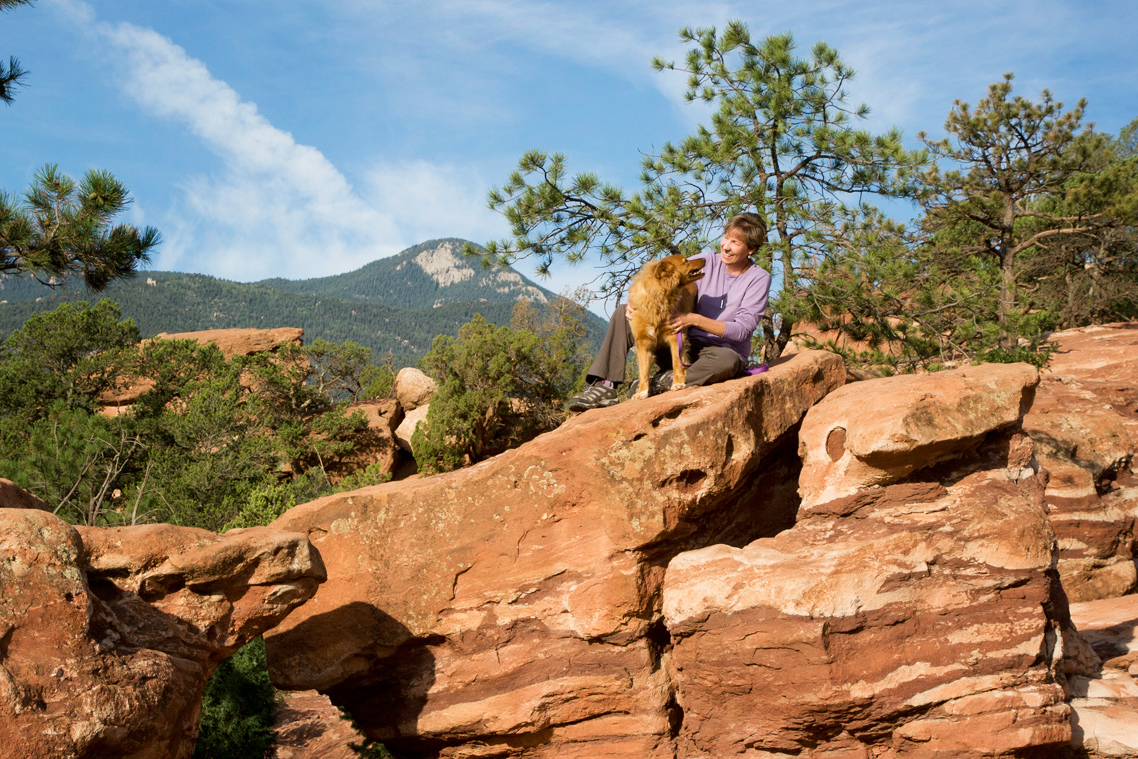Test your “sun and seasons” vocabulary: Perihelion, equinox, apogee, zenith, and more
Prehistoric people in the Southwest carefully watched – and marked – the sun and seasons.
Here’s a great example: On summer solstice at Fajada Butte (in Chaco Culture National Historical Park), a vertical shaft of light – now known as the sun dagger – passes through the center of a spiral petroglyph.
This was no accident. For prehistoric people, tracking the movement of the sun was serious business. For example, the vernal equinox might indicate that it’s time to plant seeds.

Diagram of sun dagger (shaft of light) and spiral petroglyph by NPS (public domain)
Like our ancestors, I tend to pay attention to the movement of the sun and changing of the seasons.
While searching for information on the upcoming vernal equinox, I ran across this sentence on the website TimeAndDate.com:
“The Earth is closest to the Sun – at its perihelion – about 2 weeks after the December solstice and farthest from the Sun – at its aphelion – about 2 weeks after the June solstice.”
Huh?
As a copywriter, I love the English language, and I love learning new words.
The above sentence kicked up my curiosity a notch, so I took a few minutes to expand my vocabulary.
Here’s a quick “sun and seasons” vocabulary test. See how well you do!
Vernal equinox and autumnal equinox – Also known as spring equinox and fall equinox, this marks the moment the Sun crosses the celestial equator (the imaginary line in the sky above the Earth’s equator). According to TimeAndDate.com, on the equinox, night and day are nearly the same length (12 hours) – but not exactly the same length. The word “equinox” is derived from Latin, meaning “equal night.” The equinox happens every year on March 19, 20, or 21 and on September 22, 23, or 24.
Winter solstice and summer solstice – In the Northern Hemisphere, winter solstice is the shortest day of the year (in terms of sunlight). Conversely, summer solstice is the longest day of the year. Winter solstice occurs on December 20, 21, 22, or 23. Summer solstice occurs on June 20, 21, or 22. According to TimeAndDate.com, the dates vary because our 365-day calendar year is slightly different than the tropical year – the length of time the sun takes to return to the same position in the seasons cycle (as seen from Earth).

TAKE NOTE: You can sprinkle these words into your everyday language. Per Dictionary.com:
– Zenith: “a highest point or state; culmination.”
– Nadir: “the lowest point; point of greatest adversity or despair.”
Zenith and nadir – Pretend you’re standing on the equator at high noon. Directly above you, the sun reaches its zenith – its highest point. Beneath your feet is the nadir, which is diametrically opposite of zenith.
Perihelion and aphelion – According to TimeAndDate.com, when the Earth is closest to the Sun, this is called the perihelion point. This occurs about 2 weeks after winter solstice. Conversely, when the Earth is farthest away from the Sun, this is called the aphelion point. This occurs about 2 weeks after summer solstice. This year’s aphelion is July 3, and the Sun will be 94,505,901 miles away.
Perigee and apogee – TimeAndDate.com explains that, like the Earth’s orbit around the Sun, the Moon’s path around the Earth is also elliptical. The point in the Moon’s orbit that is closest to the Earth is called the perigee and the point farthest from the Earth is known as the apogee. The terms are also sometimes used interchangeably with the Earth’s perihelion and aphelion.
Comments are closed.

